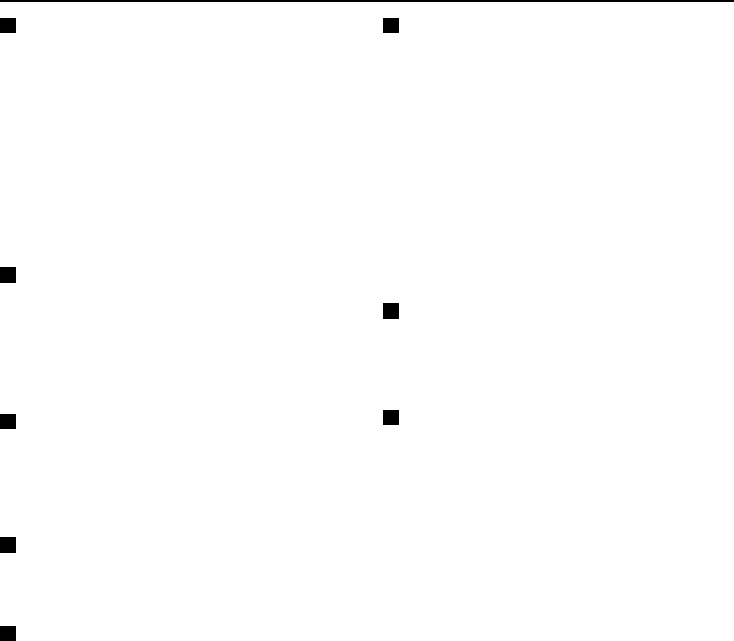
Glossary of Terms
SMTP/POP3
E-mail client programs and e-mail servers use
different protocols for handling the information
that is exchanged when sending and receiving
e-mail messages. “SMTP” is the name of the
protocol that is generally used for sending e-mail
messages, and “POP3” is the name of the
protocol that is generally used for receiving
e-mail messages. In other words, when e-mail
messages are sent, the data is sent to the mail
server using the SMTP protocol, and when
messages are received, the data is received
from the mail server using the POP3 protocol.
SMTP server
A service provider or rental server is divided into
a server for only sending e-mail messages
(SMTP server) and a server for only receiving
e-mail messages (POP server).
The server that is used to send these e-mail
messages is called an SMTP server.
SMTP authentication
This is a security system that receives
authentications by means of a username and
password when e-mail messages are sent. This
prevents unauthorized users from using
individual mail servers.
Stop bit
A symbol that is added at the end of a byte of
data (8 bits) during data transmission to indicate
the end of that byte.
Subnet mask
An IP address consists of a network ID and a
host ID. A subnet mask is used to mask part of
an IP address in order to specify whether the IP
address is on a local or a remote network.
TCP/IP (Transmission Control
Protocol/Internet Protocol)
A network protocol (communication standard)
that was developed by the Network Project that
was funded by the United States Department of
Defense. It can be thought of as the
communication technology that makes it
possible to send and receive data over the
Internet. Computers that are connected via the
Internet use this protocol, and it works
regardless of the type of device. Basically IP
controls the sending of data in separate blocks
called “packets”, and TCP receives these
packets, opens them to look at their contents,
and then puts all of them back together into one.
URL (Uniform Resource Locator)
A method of specifying a resource on the
Internet. An example of an URL that is used to
access a website on the Internet is
“http://www.sanyo.com/”.
Web browser
Software that is used to view web pages. The
two most commonly-used web browsers are
Microsoft Internet Explorer and Netscape
navigator from Netscape Communications.
L5AM2/XE (VCC-WB4000P) GB 2004, 2, 17
English
– 71 –


















